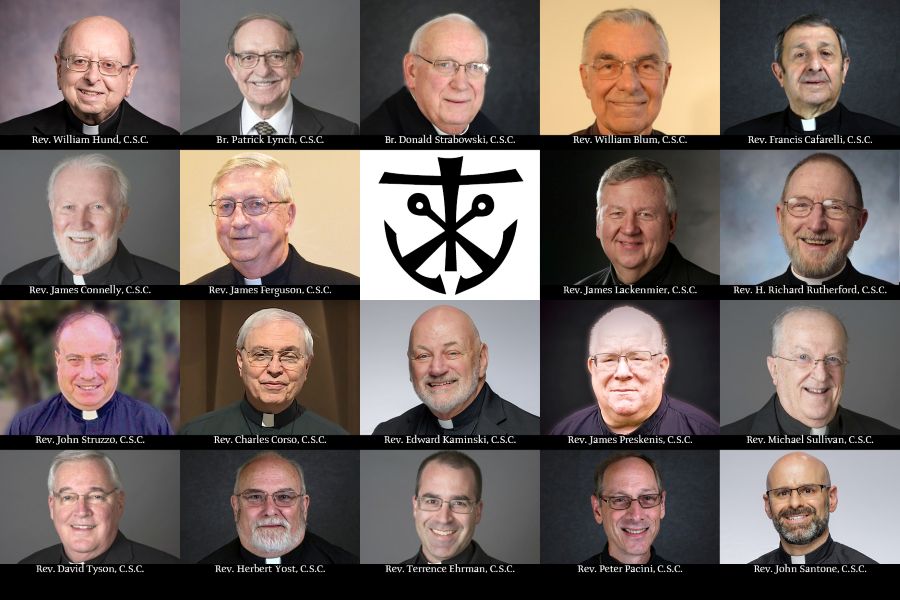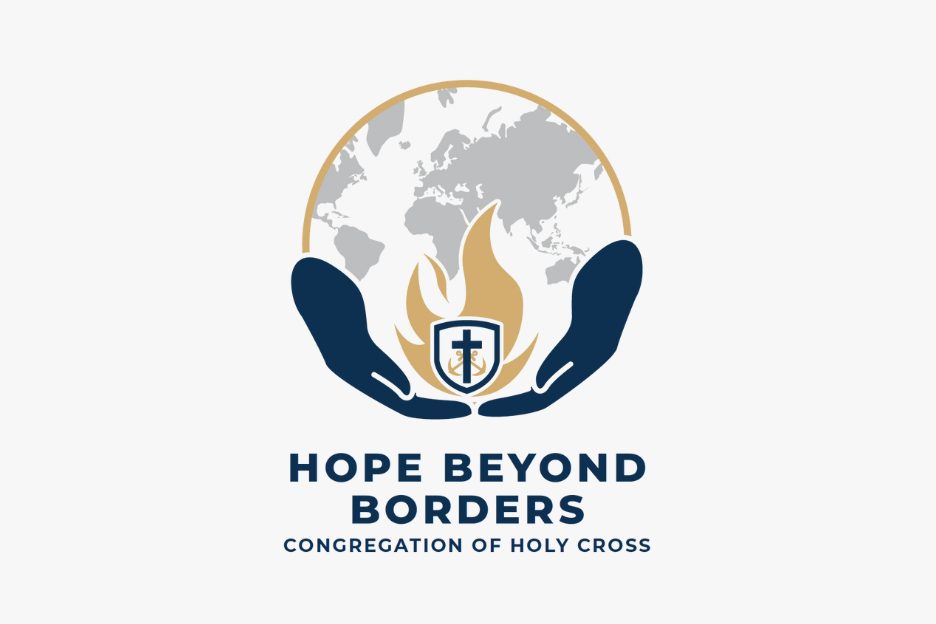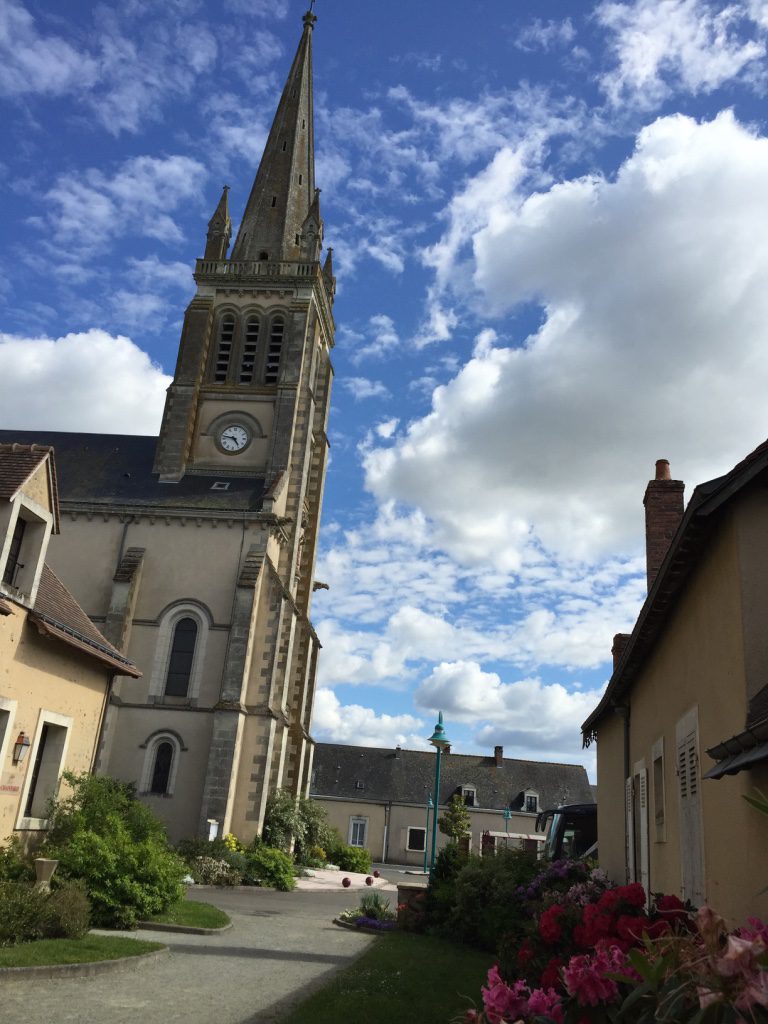 Last fall, I had the privilege of accompanying a Notre Dame Campus Ministry Pilgrimage to France. The purpose of the pilgrimage was to explore the history of the Congregation of Holy Cross. The pilgrimage began in Le Mans, France where we were able to spend some time at the Shrine of Blessed Basil Moreau, the founder of the Congregation. Fr. Moreau is laid to rest in Holy Cross Church – the mother Church of the Congregation built by Fr. Moreau himself in 1857. We spent a few days in Le Mans and were able to spend significant time in prayer at the tomb of our holy founder. We also were able to visit the home of Fr. Moreau, his home parish, the home of Fr. Edward Sorin (the founder of the University of Notre Dame), the Holy Cross community cemetery, and the site of the Holy Cross Novitiate. We departed Le Mans towards Paris to visit St. Sulpice, the location of Fr. Moreau’s seminary training. Along the way, we stopped in Chartres to visit the Cathedral there, which is home to the most beautiful and extensive collection of stained glass in the world. We also had some free time in Paris to do a few touristy things and enjoy the sights and tastes of the city!
Last fall, I had the privilege of accompanying a Notre Dame Campus Ministry Pilgrimage to France. The purpose of the pilgrimage was to explore the history of the Congregation of Holy Cross. The pilgrimage began in Le Mans, France where we were able to spend some time at the Shrine of Blessed Basil Moreau, the founder of the Congregation. Fr. Moreau is laid to rest in Holy Cross Church – the mother Church of the Congregation built by Fr. Moreau himself in 1857. We spent a few days in Le Mans and were able to spend significant time in prayer at the tomb of our holy founder. We also were able to visit the home of Fr. Moreau, his home parish, the home of Fr. Edward Sorin (the founder of the University of Notre Dame), the Holy Cross community cemetery, and the site of the Holy Cross Novitiate. We departed Le Mans towards Paris to visit St. Sulpice, the location of Fr. Moreau’s seminary training. Along the way, we stopped in Chartres to visit the Cathedral there, which is home to the most beautiful and extensive collection of stained glass in the world. We also had some free time in Paris to do a few touristy things and enjoy the sights and tastes of the city!
It was a wonderful experience, but perhaps the most striking thing for me was something that struck me at the tomb of Fr. Moreau. Now, I have been to the shrine once before, so I was excited to see everything again; the stained glass windows depicting various Holy Cross ministries around the world, the statue of Our Lady of Sorrows that was gifted to Moreau, the room where the earliest decisions of the Congregation that I love were made, and many other things. But the thing that struck me most was a small creature depicted at the feet of Fr. Moreau’s recumbent statue on top of his tomb. The creature was a small and gentle lamb. There is a tradition dating back to the middle ages of recumbent statues depicted with animals at their feet. Most often, you will find a lion symbolizing strength, power, and justice, as well as the resurrection of Christ, or a dog symbolizing loyalty to the sovereign and the kingdom, but especially to the faith. Fr. Moreau did not have one of these regal creatures at his feet, but instead he had a meek lamb. The lamb symbolizes the humble beginnings that Fr. Moreau came from, but most especially it symbolizes the meekness and humility that he demonstrated throughout his life. He followed the Lamb of God throughout his life, and throughout the creation and initial governance of the Congregation.
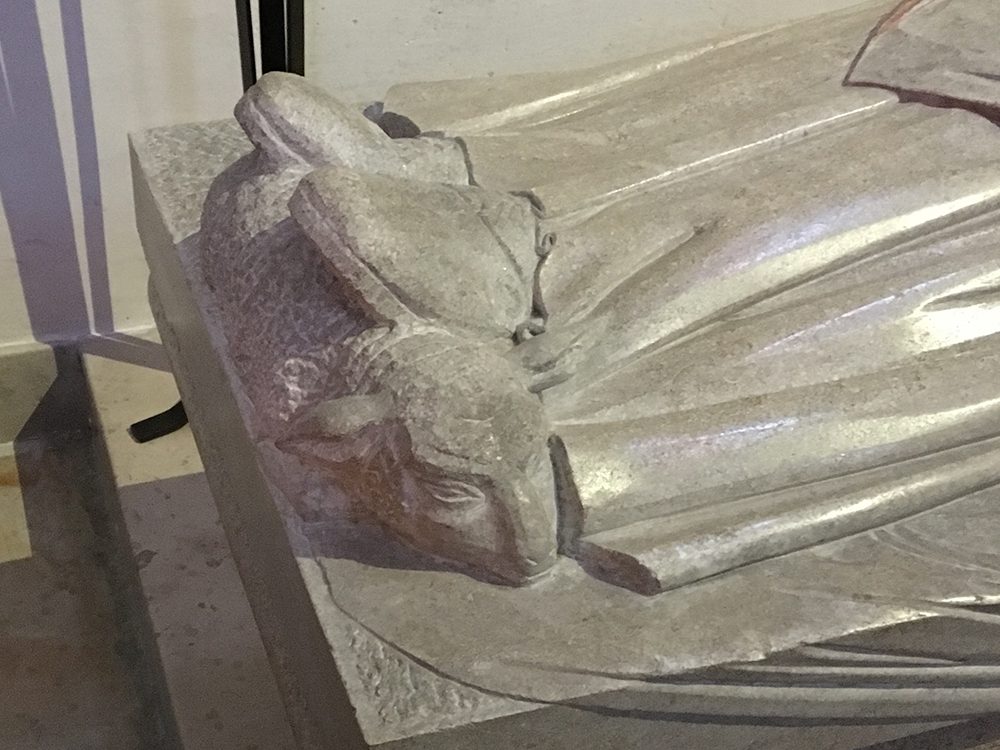 |
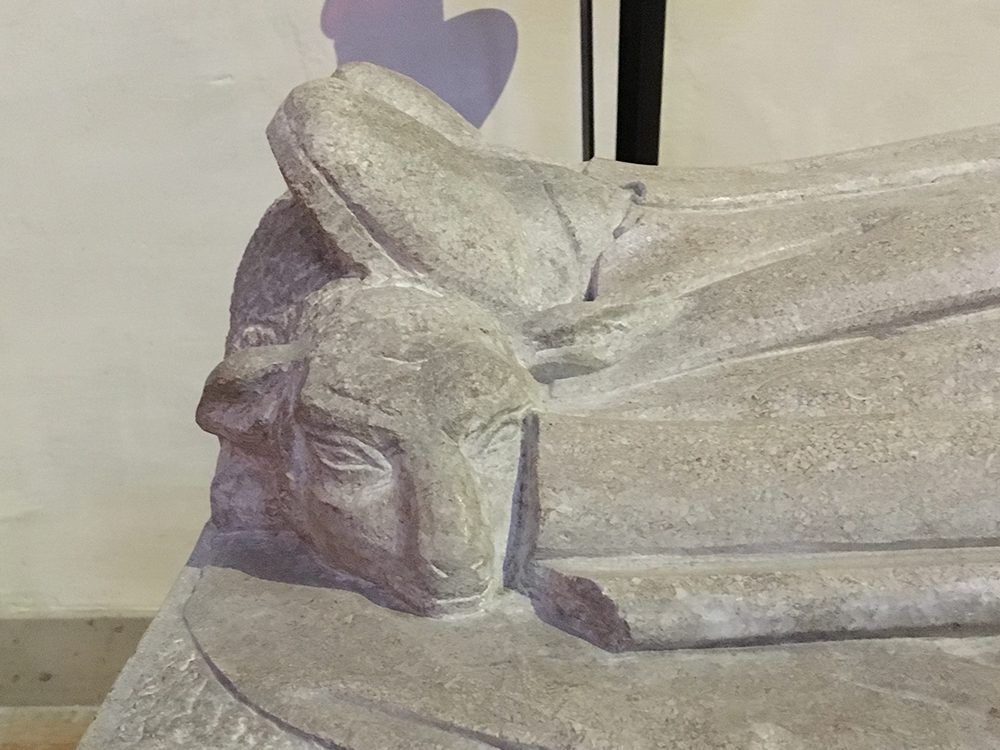 |
There was something beautiful about that lamb, something so simple, something that drew me into moments of powerful prayer at the tomb of the founder. As you continue your discernment, follow the lamb. Follow the gentle tug at your heart that calls you to live your live with humility. Through the intercession of Blessed Basil Moreau, may you stay vigilant in following Christ, the Lamb of God as He gently draws you closer to Himself and closer to holiness.

